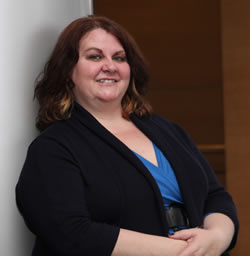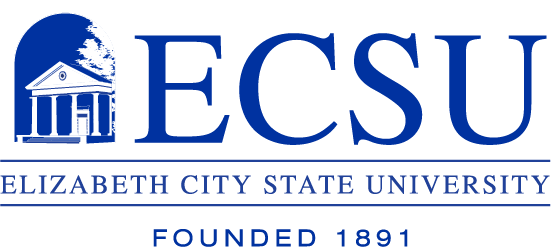Budding historians move cemetery records and maps online

Kesha Williams
December 19, 2014
Historians aren’t the only people enthralled by genealogy searches. Citizens are increasingly conducting searches to resolve their curiosity and to resolve old, family dilemmas. The availability of information in local towns can be invaluable. One location prolific in historical details is the cemetery. Historians gladly roam these solemn grounds to find intricate details that reveal pillars of the community, family lineages, indicators of social class, birth and death dates. Those type details can connect the deceased to eras current residents may never have witnessed. As some ECSU students majoring in history have learned, Elizabeth City cemeteries hold those vital clues and more. For the last two years, students have kept busy with archival photography, stone rubbing, researching the town’s genealogy and creating a research tool that citizens and visitors can rely upon. These history students have a partnership with Elizabeth City/Pasquotank County Parks and Recreation Department to create online records and cemetery maps. Those cemetery maps will indicate the location of all documented internments at all public cemeteries in Elizabeth City – to include the dates, the names, nicknames, birth and death dates, memorial type, and epitaphs. Images might become available for future online search sites. Elizabeth City/Pasquotank County Parks and Recreation Department began the project as a means of providing useful documentation for the city government, local funeral homes, and the general public. The project will enable people near and far to access information regarding public cemeteries in Elizabeth City. The first stage of the project (Spring 2012) involved collaboration between the History faculty and Parks & Recreation staff to determine the scope of the project. The next step was to recruit and train students on gathering and uploading data into the Cemetery Management Information System. One cemetery, Old Hollywood, is virtually complete and the next targeted cemetery is being prepared (digital mapping) for documentation. This mapping involves the use of GPS satellite imagery that captures the cemetery and then digitally draws in patterns of burial sites. Students involved in the project have been amazed at the wealth of information gleaned from this local history project. One participant, Corry Isel, a senior majoring in History, began participating in 2013 and shared some lessons learned with her fellow students. "It was my first experience with public history, and I am so glad I took advantage of the internship opportunity. The project allowed me to use the research skills I learned in class to learn more about the history of cemeteries including burial customs, iconography related to monuments, preservation techniques, and genealogy," Isel said. Christy Davenport, a senior majoring in history, began working on the project this semester and plans to continue next semester. She applauds ECSU professors who encourage students to conduct research projects and to look beyond lessons printed in their history books. "The local cemeteries tell the history of our city, many of the founding fathers are interred at Hollywood Cemetery also, perhaps more importantly, there are family’s histories there," Davenport said. "With the cemetery project, we catalog and enter the information into a database that one day will be searchable and will help with families researching their genealogy." Dr. Rebecca Seaman, a history professor at ECSU who oversees the students, said these lessons of preservation and documentation are important lessons for the budding, public historians she teaches. The students have been surprised by the amount of information available at area cemeteries. "The students found headstones for civil war soldiers, including one for a soldier who served on the famous Merrimac. Members of the United States Colored Troops from the Civil War are also interned at Oak Grove Cemetery. Whether they were natives or citizens who migrated into the region is yet to be discovered. These findings and the burial sites are significant to the population of a coastal town that dates back to the early 1700s," Seaman said. When this project is complete, the city will have an up-to-date database that is kept current with each new deed purchase and/or burial within the public cemeteries. Additionally, a website will offer historians and genealogists a means of researching family members, historical figures, war veterans, and a means to gather demographic data relevant to the Elizabeth City area.

